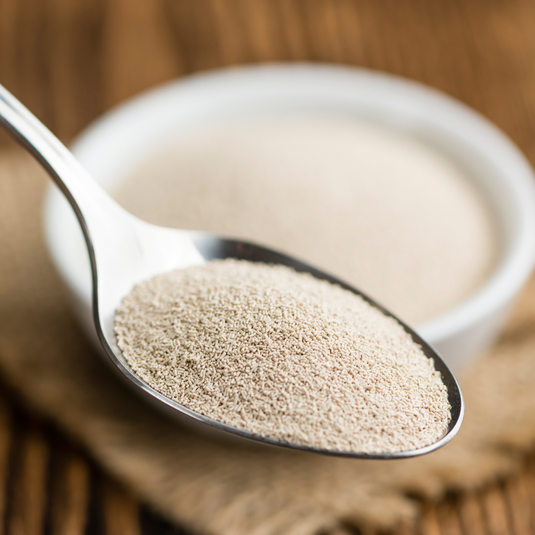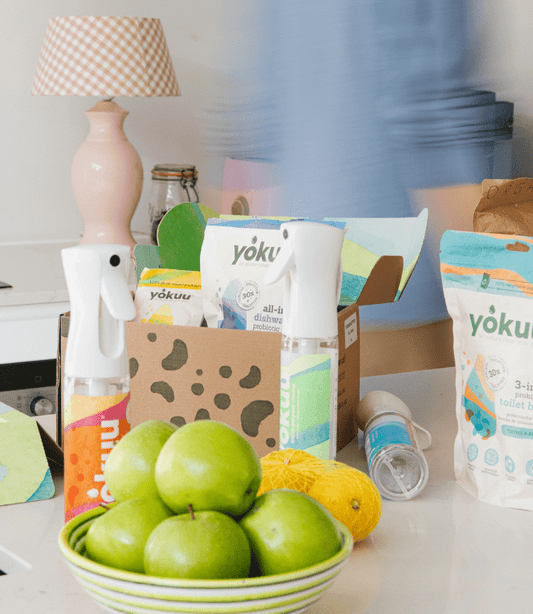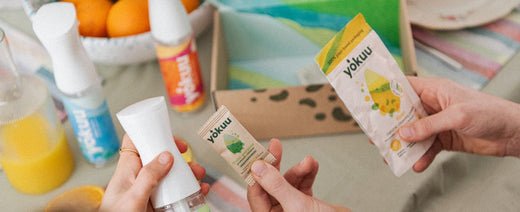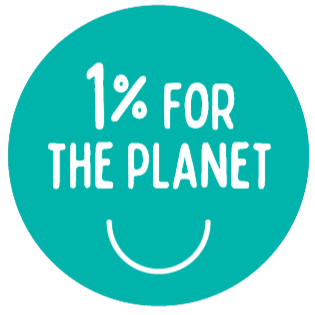Les microbes sont partout autour de nous. Ils rendent souvent notre vie plus facile sans qu'on s'en rende compte. Par exemple, la fabrication du pain. Sans microbes, ou plutôt sans levure, il serait bien plus difficile de rendre le pain moelleux et léger.
La levure mange le sucre présent dans la pâte et produit du dioxyde de carbone. Ce gaz fait gonfler la pâte et la rend légère. Miam !
Dans cette expérience, la levure va produire du dioxyde de carbone pour gonfler un ballon ! C'est une expérience amusante, éducative et parfaite pour les enfants, qui va non seulement les étonner mais aussi leur apprendre la fascinante puissance des microbes.














